The climatic condition in Germany varies year by year, thus the quality of wines may differ significantly among vintages. Detailed wine regulations and classifications in Germany are good indicators to the quality of the wine, if you know how to read them on the label.
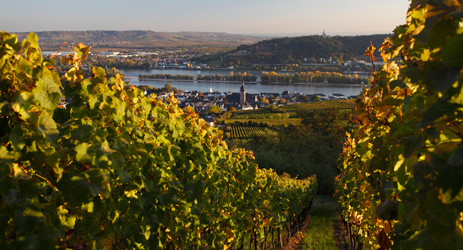
Geographic Areas
There are altogether 13 wine-growing regions, or Anbaugebiet, in Germany. The most famous regions include Mosel, Rheingau, Rheinhessen and Pfalz.
Each region can then be further divided into districts (Bereich). Under a district there are villages, or Gemeinde (but this is not a legal status in the German wine law). A group of vineyards form a Grosslage The most prestigious classification is Einzellage, which indicates a single vineyard that produces wines of exceptional quality.
Wines produced in the latter two are especially difficult to identiy just from labels, as you can only see the individual names for each Einzellage or Grosslage on the labels, and the names may look very similar. Therefore it’s helpful to memorise names of the best-quality vineyards, or refer to the price.
All rights reserved by Future plc. No part of this publication may be reproduced, distributed or transmitted in any form or by any means without the prior written permission of Decanter.
Only Official Media Partners (see About us) of DecanterChina.com may republish part of the content from the site without prior permission under strict Terms & Conditions. Contact china@decanter.com to learn about how to become an Official Media Partner of DecanterChina.com.

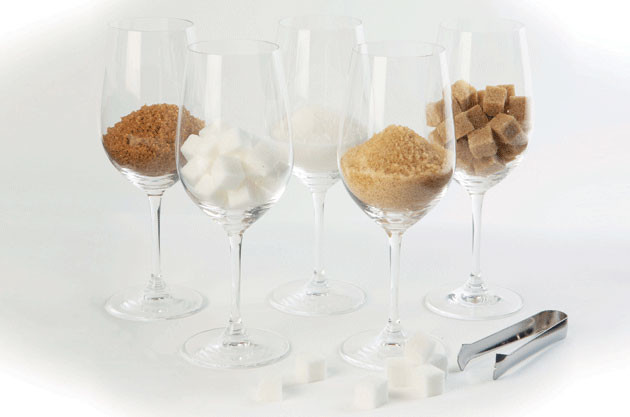
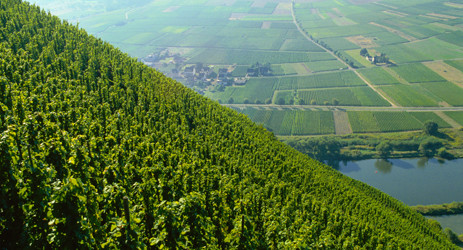
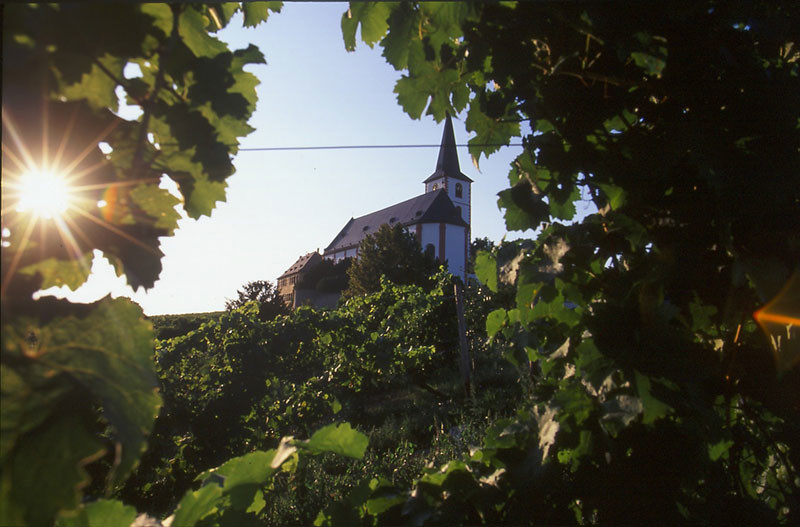
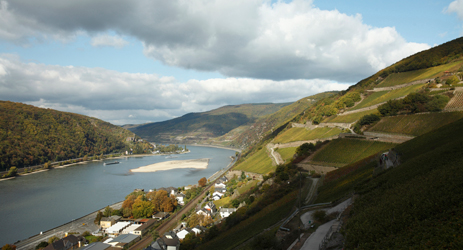
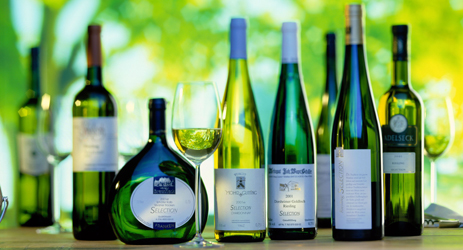
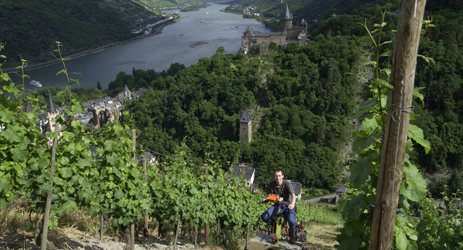
Comments
Submit